Radiation Detectors | Types of Radiation Detectors
Radiation detectors are used to detect radiation. As the uses of radiation have extended to every field of life so the radiation detector is used to measure the amount of radiation emitting from radioactive elements. These radiations are useful for humans but also very dangerous for their life.
Radiation Detector
Most detectors make use of the fact that ionization is produced along the path of the particle. Nuclear radiation cannot be detected by our senses; hence, we use some observable detecting methods employing the interaction of radiation with matter.
Types of Radiation Detectors
There are three types of detectors that are mostly used.
Wilson Cloud Chamber
It is a device that shows the visible path of an ionizing particle. It makes use of the fact that supersaturated vapors condense preferentially on ions.
If an ionizing particle passes through a region in which cloud droplets are about to form, the droplets will form first along the particle’s path, showing the path as a trail of droplets.
A special apparatus is used to detect the radiation which is called a Wilson cloud chamber. It consists of a camera, a glass window, a moveable piston, and vapors.
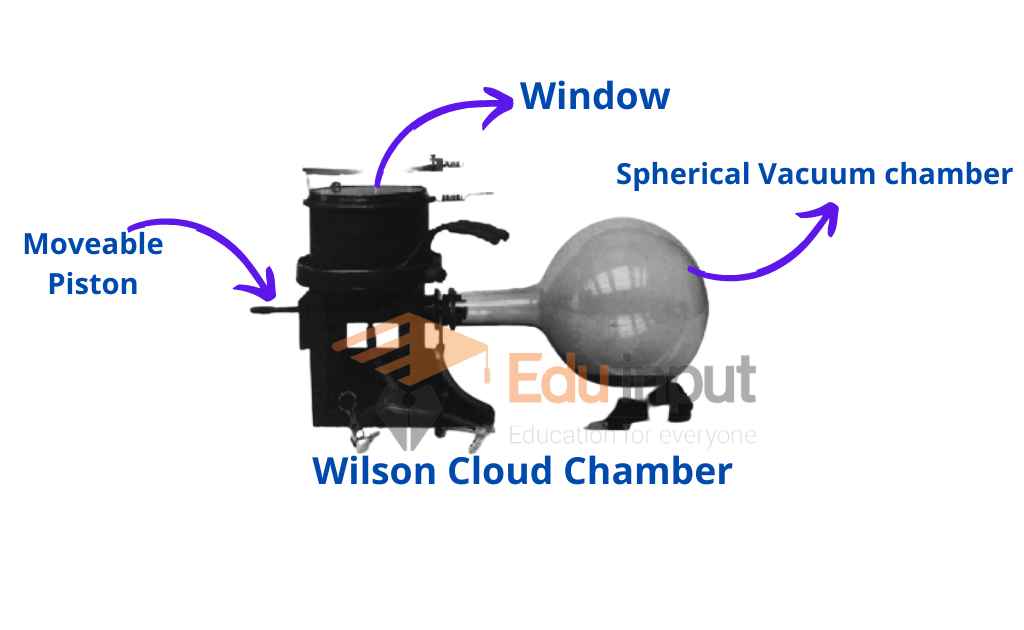
The chamber may be placed in a strong magnetic field which will bend the paths providing information about the charge, mass, and energy of radiating particles.
Geiger-Muller Counter
Geiger Muller tube is a well-known detector. The discharge in the tube results from the ionization produced by the incident radiation.
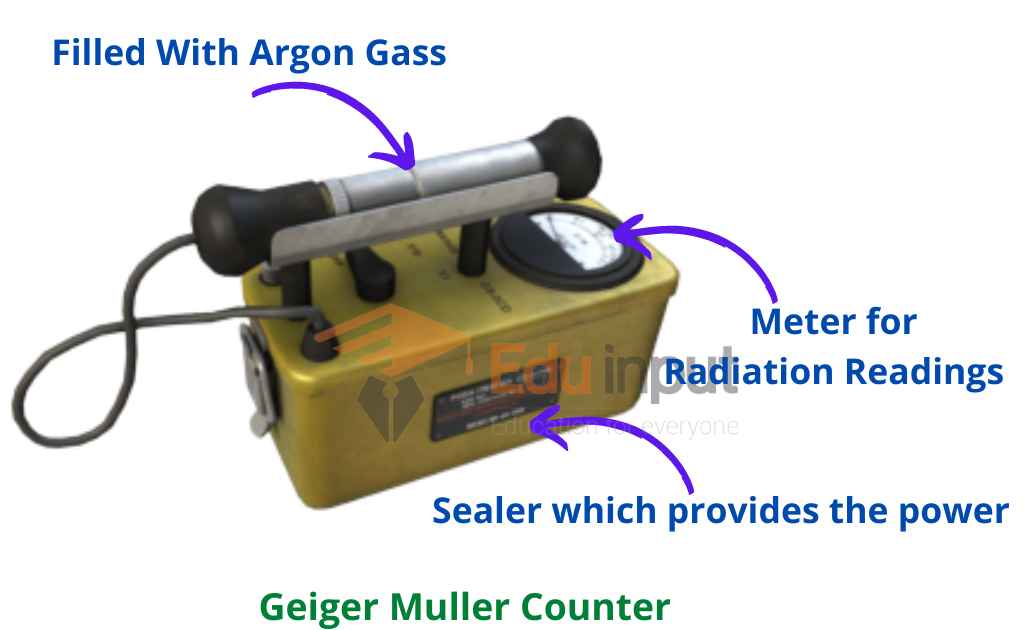
It consists of a stiff central wire acting as an anode in a hollow metal cylinder acting as a cathode filled with a suitable mixture of gas at about 0.1 atmospheric pressure.
One end of the tube has a thin mica window to allow the entry of radiating particles and the other end is sealed by non-conducting material and carries the connecting pins for the two electrodes.
Geiger Muller counter can be used to determine the range or penetrating power of ionizing particles. Geiger Muller’s counter is not suitable for fast counting.
Solid-State Detector
A solid-state detector is a specially designed PN junction operating under a reverse biased in which electron-hole pairs are produced by incident radiation to cause a current pulse to flow through the external circuit.
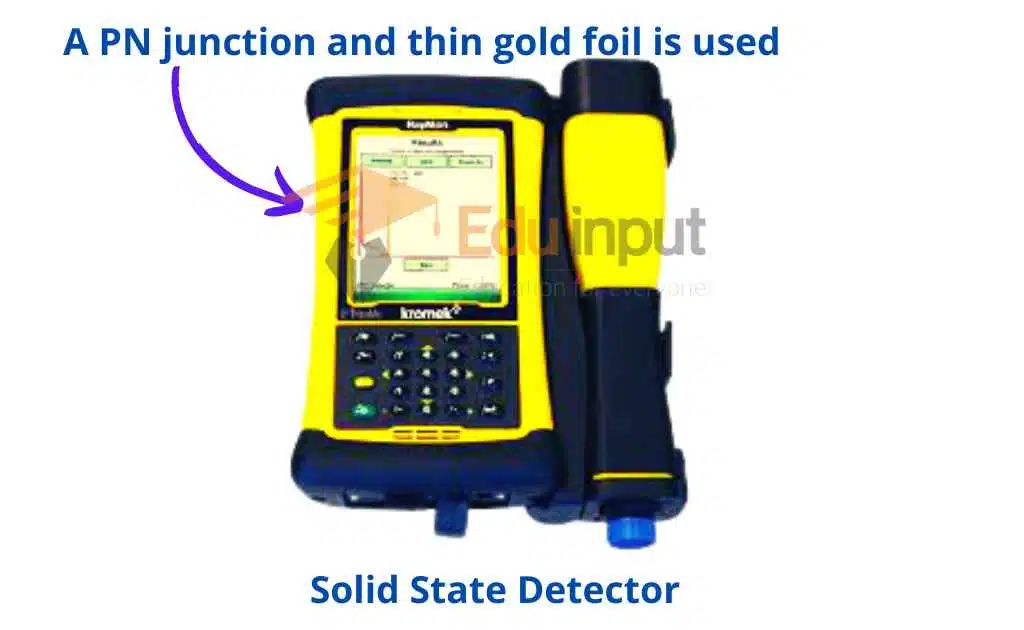
A reverse biased is applied through the two conducting layers of gold. This enlarges the charge-free region around the junction called the depletion region.
The collection time of electrons and holes is much less than gas-filled counters and hence a solid-state detector can count very fast.
The solid-state type detector is used for electing α or β-particle but a specially designed device can be used for γ-rays.
Related FAQs
What is the basic principle of radiation detectors?
Most radiation detectors make use of the fact that ionization is produced along the path of the particle. Nuclear radiation cannot be detected by our senses; hence, we use some observable detecting methods employing the interaction of radiation with matter.
How many types of radiation detectors?
There are 3 main types of detectors
Wilson cloud chamber
Geiger Muller counter
Solid state detectors
What is a good radiation detector for households?
A compact dosimeter for households is highly recommended. It is used extensively for human radiation protection and for the measurement of radiation in both medical and industrial processes.
Can we sense the radiations?
No we cannot sense the radiaitions. Detectors are used to detect radiation in laboratories and nuclear reactors.
Can we smell the radiation?
we cannot smell the radiation. It can’t really be perceived with the five human senses: sight, hearing, smell, taste, or touch.

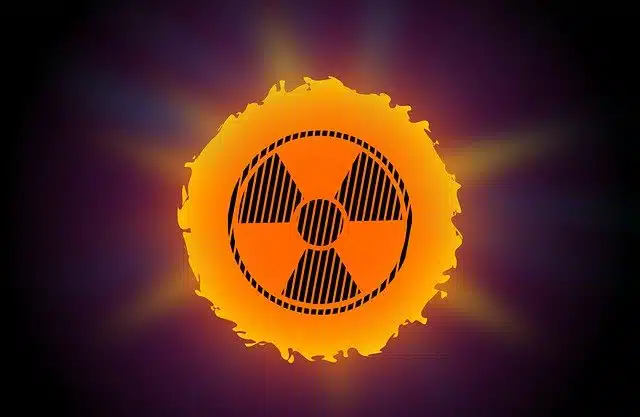
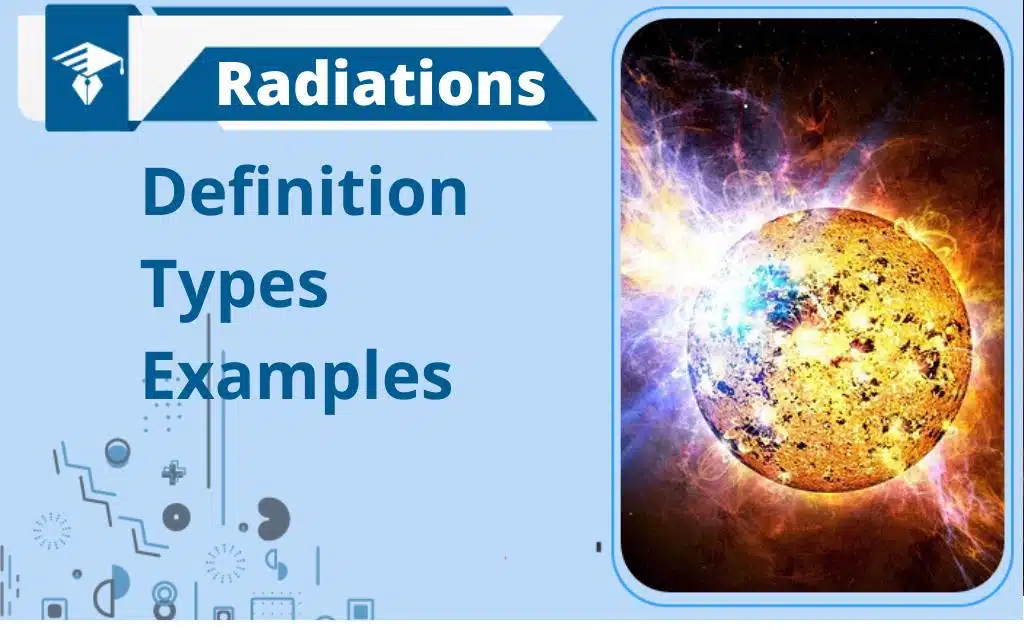
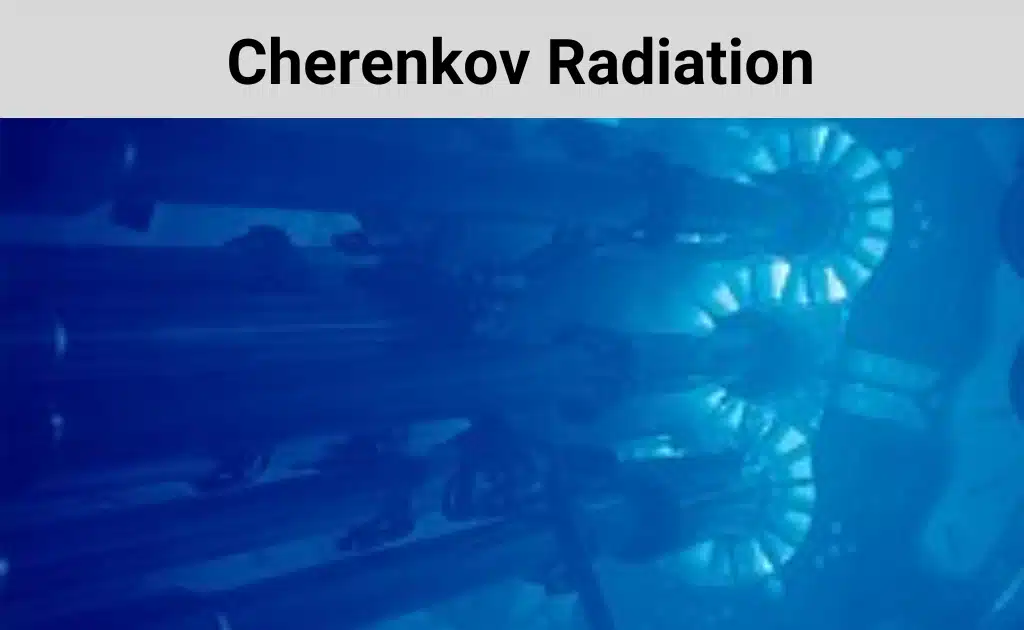
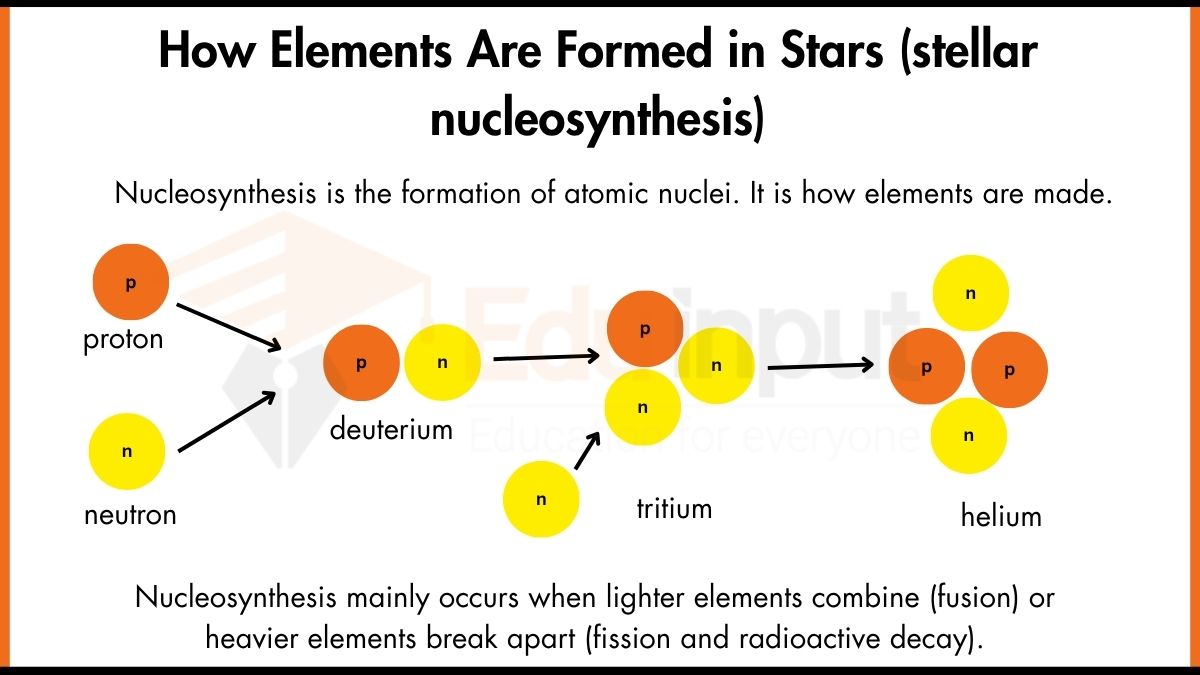


Leave a Reply